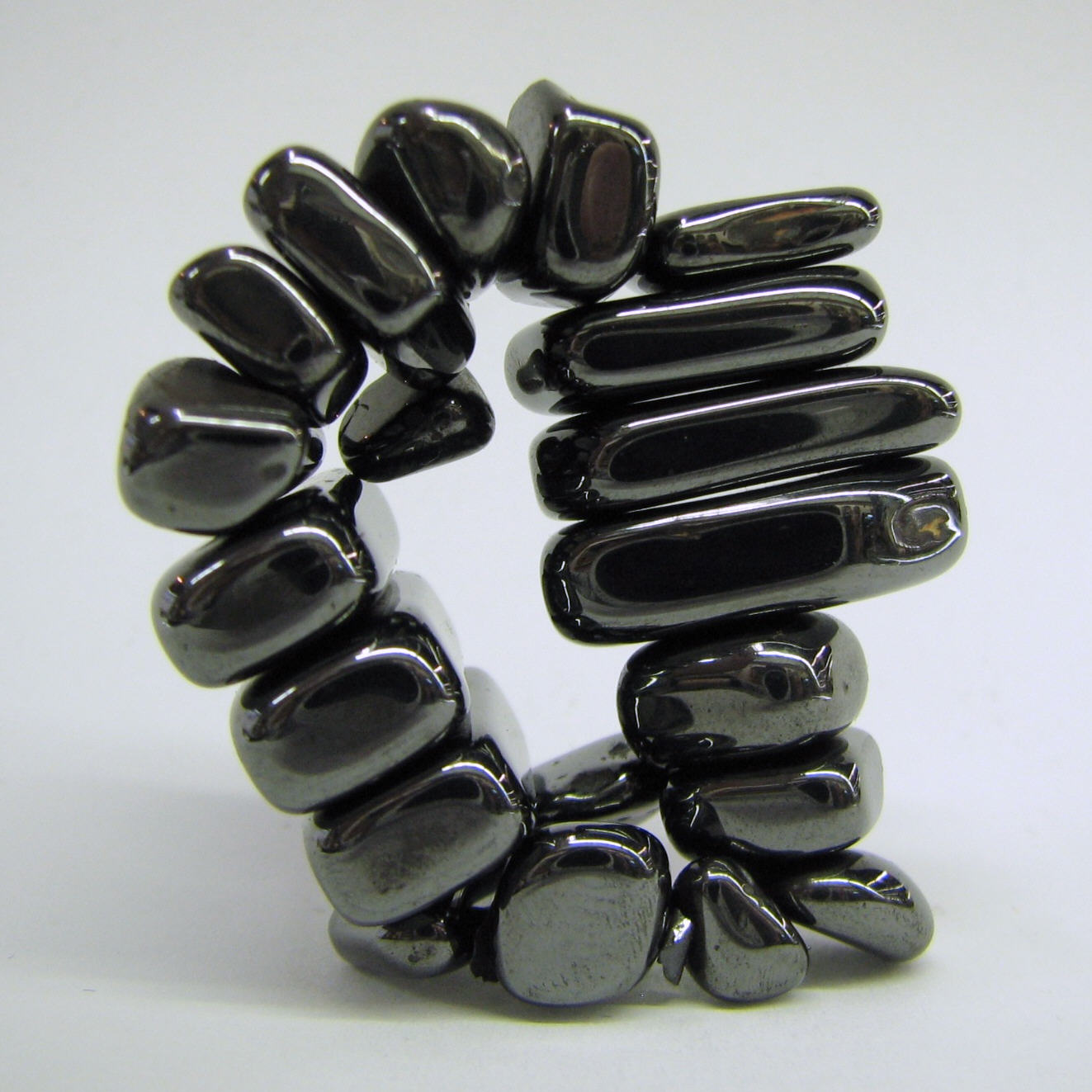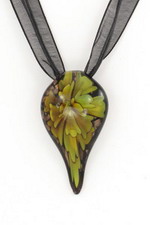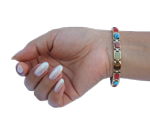Magnetic Solid Hematite Band Ring
This High Power solid hematite magnetic ring is made from high quality black hematite.
Hematite has its own healing qualities and is totally hypoallergenic,
Ideal for people who are allergic to metals.
Our Hematite Rings are simple by design, functional and always stylish.
High quality, highly polished, hematite magnetic comfort ring.
Magnets are excellent for high blood pressure, circulatory problems, insomnia, migraine general well being and increased energy levels.
Hematite has its own healing qualities and is totally hypoallergenic,
Ideal for people who are allergic to metals.
Our Hematite Rings are simple by design, functional and always stylish.
High quality, highly polished, hematite magnetic comfort ring.
Magnets are excellent for high blood pressure, circulatory problems, insomnia, migraine general well being and increased energy levels.
--> For a larger image or to Buy- Click on the one you like <--
Hematite, also spelled haematite, is the mineral form of Iron(III) oxide (Fe2O3), one of several iron oxides. Hematite crystallizes in the rhombohedral system, and it has the same crystal structure as ilmenite and as corundum. Hematite and ilmenite form a complete solid solution at temperatures above 950°C.
Hematite (kidney ore) from Michigan (unknown scale)Hematite is a mineral, colored black to steel or silver-gray, brown to reddish brown, or red. It is mined as the main ore of iron. Varieties include kidney ore, martite (pseudomorphs after magnetite), iron rose and specularite (specular hematite). While the forms of hematite vary, they all have a rust-red streak. Hematite is harder than pure iron, but much more brittle.
Huge deposits of hematite are found in banded iron formations. Grey hematite is typically found in places where there has been standing water or mineral hot springs, such as those in Yellowstone. The mineral can precipitate out of water and collect in layers at the bottom of a lake, spring, or other standing water. Hematite can also occur without water, however, usually as the result of volcanic activity.
Clay-sized hematite crystals can also occur as a secondary mineral formed by weathering processes in soil, and along with other iron oxides or oxyhydroxides such as goethite, is responsible for the red color of many tropical, ancient, or otherwise highly weathered soils.
The name hematite is derived from the Greek word for blood (haima) because hematite can be red, as in rouge, a powdered form of hematite. The color of hematite lends it well in use as a pigment.
 |
 |

















